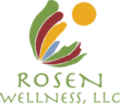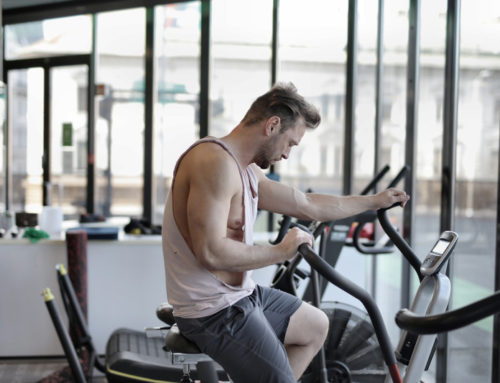I have recently introduced you to the book Body by Science by Doug McDuff, MD and John Little. This book offers a clear explanation of the actual science of exercise, how activity relates to hormones, and how this determines what happens in your body. In short, it answers the question I am frequently asked. “Why am I gaining weight when I am working out every day?”
In the introductory article I summarized his key points. In this article I will address one of those key points. Genetic expression plays a major role in our physical appearance. People can do similar types of exercise but in the end their genes determine how their physical activity is expressed in their body.
One of my favorite parts in Body by Science is the discussion of genetic expression. Quite simply there are certain things that are meant to be and they aren’t going to change. They show a picture of a forest of the same type of tree, yet one is significantly taller than the others. If you only saw it, you’d assume it was the norm, but in fact it is the exception.
These same basic principles apply to the human body. Some people are the way they are simply because of genetics. Two people could do the exact same workout but based on their genes one can emerge as a championship body builder and the other will not.
Here’s a look at ten genetic factors that come into play.
1. Somatotype – a fancy word for body types. There are three main body types for humans. Endomorphy is the tendency towards soft and round body contours. Mesmorphy is the tendency towards being more muscular. Ectomorphy is the tendency towards being skinnier. What you are is what you have to work with. The ectomorph will have a hard time becoming an Olympic weight lifter!
2. Muscle length determines how long a muscle can become, which will ultimately determine how large it can be.
3. Muscle fiber density determines the mass potential for the muscle. If it can have more fibers, it can become larger.
4. Skeletal formation – this will also impact how large a muscle can become based on how and where it attaches to the bones.
5. Neuromuscular efficiency – how wells nerves and muscles communicate will impact how well the muscles can develop.
6. Myostatin – this is a protein produced due to gene GDF-8 (growth and differentiation factor 8). This protein stops the muscles from becoming too large. So, a particular expression of this gene will allow muscles to grow larger than the might ordinarily be.
7. Interleukin-15 – this gene has various combinations which has associations to how one’s muscle size will respond to exercise.
8. Alpha-Actinin-3 – this is a protein component of fast-twitch muscle. Eighteen percent of the population lacks it while all champion athletes have been found to have it.
9. Myosin Light Chain Kinase – this is an enzyme that supports how your muscles build. Some people experience more muscle damage with exertion so should have a longer recovery time meaning they should train less frequently to maximize results.
10. Angiotensin Converting Enzyme – an enzyme that determines vascular tone. This influences exercise endurance.
So there you have it. What does it all mean? Set realistic expectations and goals around your exercise program. Accept who you are and the exercise you can perform. Some areas are out of your control and pushing beyond your body’s genetic design is not going to get you anywhere.
Bernard Rosen, PhD is a Nutrition Consultant and Educator. He works with individuals, groups, and at corporations to create individualized nutrition and wellness programs. His office is in Mequon, WI. To learn more or to schedule an appointment, e-mail at bernie@brwellness.com, call (262) 389-9907 or go to www.brwellness.com.





